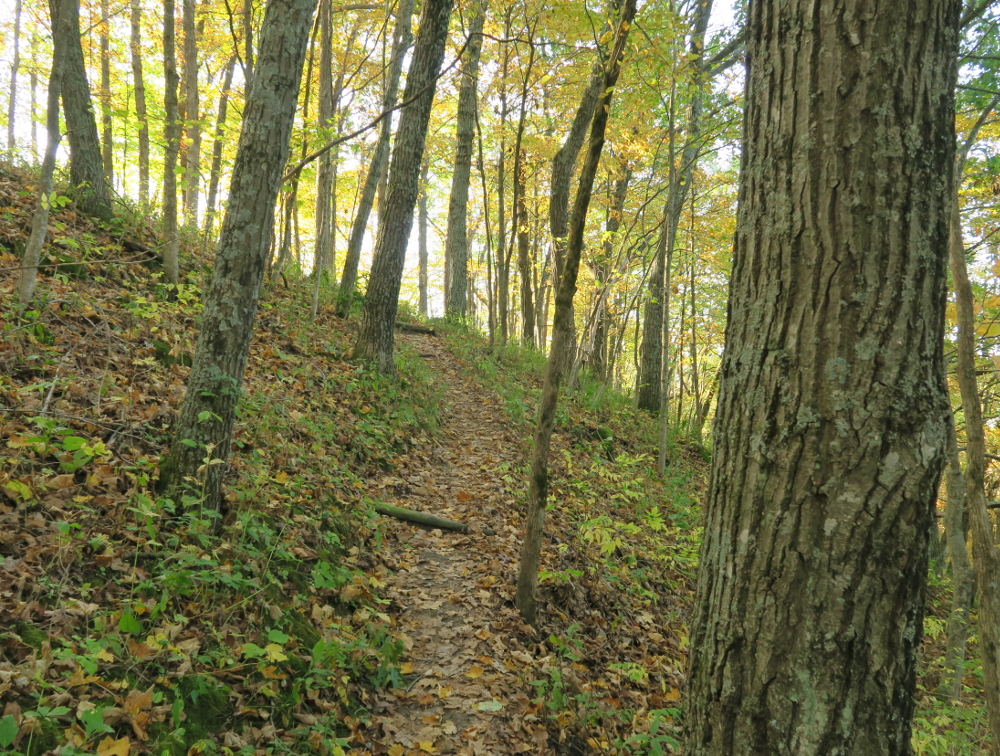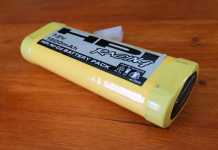
The best rubber hunting boots keep your feet warm and dry when you hiking through swampy, muddy land on your hunts.
A pair of waterproof, flexible, and comfortable boots will keep your dogs from balking while walking. But as we know, not all boots are created equal.
There are differences in insulation, tread design, materials, physical dimensions, appearance, and how they fit your feet.
We’ll look at how to buy a pair of rubber hunting boots, along with a few other styles.
Read customer reviews of the best rubber boots in 2023 on Amazon.
Fit is key
If you walk for miles to the hunt site or tree stand, you’ll want a boot that fits correctly. When trying on your boot, remember these few points.
Toe box: Keep room in the toe box.
When the foot pronates under load, it lengthens slightly. This means you’ll need space in the toolbox so your toes aren’t rubbing the toe box.
There’s nothing worse than a boot that scrunches your toes and causes you blisters. The ball of your foot back should be snug in the boots.
Time of day: Try boots on later in the day.
Your foot will expand throughout the day. As your foot swells, a size bigger may be what you need to stay comfortable later in the day.
Also, did you know that one foot is bigger than the other? Make sure the boot fits comfortably on the largest foot.
Socks: Wear the socks you plan to hunt in. Boots and socks work together. (I’m partial to these People’s Socks, which are Merino wool, knitted in the US, and have lasted this winter pretty well.)
Don’t try on a pair of rubber hunting boots with the dress socks you wore at the office.
Those dress socks will never be worn in cold weather and will impact the size you buy.
Example: In the cold, you’ll probably wear a pair of wool socks, which will be much thicker and reduce the amount of room in the shoe. Remember, a tight boot walking to the your tree stand or hunting location is going to be uncomfortable.
Shop local: Online shopping is great — but not so great for boots unless you know your exact size and have worn the boots in question.
Gussets: Adjustable rear gussets help tailor the boot to fit your calf. Calf sizes vary, and you want the most flexibility in a rubber hunting boot. An adjustable rear gusset will allow you to size the upper portion of the boot to your calf.
Insulation: Insulation needed is variable to conditions and activities. Perched on a tree stand or hunting in a duck blind, you won’t be moving a lot. Your body won’t be generating as much heat as it would if you were walking a mountain side hunting elk.
You won’t need as much insulation for activities that generate loads of heat. Sedentary activities will require more insulation.
Thinsulate is a common material may of us have used. It’s produced by 3M and is available in different gram weights.
The weight is not total insulation mass. It’s an abbreviated measurement for the fabric’s grams per square meter.
For little insulation, the weights start at 200 grams. It extends to 2000 grams for extreme cold.
For early fall hunting, you may only need boots with only 200-400 grams. Mid-weight models with 600-800 grams may be perfect for mid-season hunts, or even later season chases on the off chance that you are continually moving.
The coldest conditions may call for 1,200-1,600 grams or significantly more to keep your feet warm, or if sitting still for a long time.
Remember: Socks, also, impact the warmth of the boot. A good pair of wool socks really help.
Waterproof: Waterproof boots are essential. You’ll be walking through hardy grass during early morning hunts and fording small streams or creeks. You don’t want wet feet, and rubber boots are perfect to keep your feet dry due to their design.
Keep in mind there are other styles of hunting boots. You could choose a PAC style boot, too.
Design: The best rubber hunting boots on the market are often constructed out of vulcanized rubber.
High quality boots often have a neoprene lining to keep your feet warmer, a wool felt insole, and a midsole and outsold that’s stronger, offering more support and cushion.
Some boots feature snakeproof construction and steel toes.
Scent: Rubber boots suppress scent, whereas leather boots will retain your scent.
Take care of your rubber hunting boots
Store them in a cool, dry location. This will keep the rubber and bonding from deteriorating.
Find the best rubber hunting boots for the money on Amazon.
Originally posted 2023-01-06 06:09:31.


